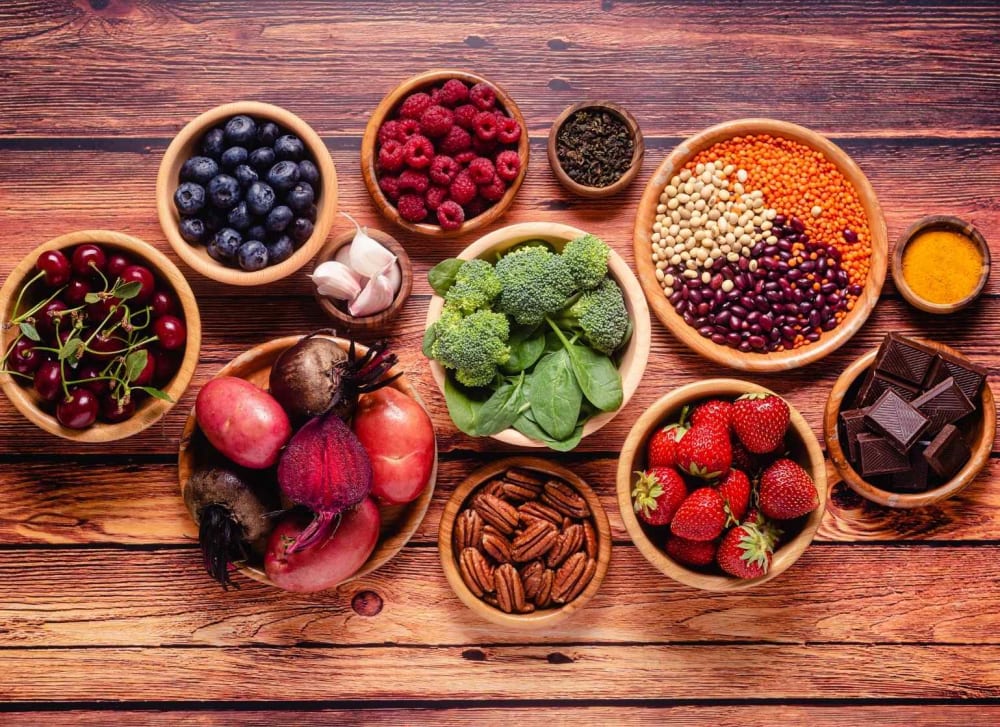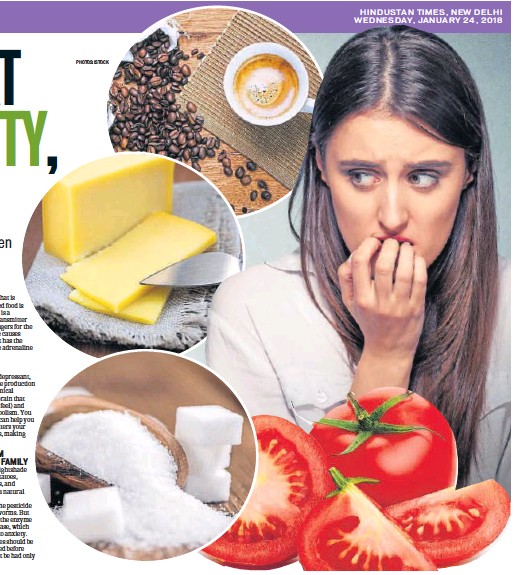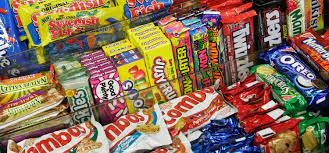
There is a great range of food available for diabetics, and it is important to choose healthy foods based on the individual's needs and lifestyle. Controlling blood sugar levels requires a balanced diet. Legumes are rich in protein, fiber and high-quality carbs. Soluble fiber helps stabilize blood sugar levels and curbs hunger. Recent research found that eating legumes decreased type 2 diabetes risk and helped to control blood sugar levels.
As a low-carb food, avocados are a great choice for diabetics. Avocados are a healthy source of fiber and healthy fats. Walnuts are a great choice for diabetics as they have high levels of omega-3s. But, you should limit your intake to one cup of walnuts. Chickpeas are a legume rich in protein and fiber. Because they are high in dietary fibre, they are a great source of protein as well as being a healthy snack.
Although most people dislike the taste of spinach it is good for you. To get more fiber, you can mix them with other vegetables. They can be cooked and used as a part of a dish. For extra protein, mix some quinoa in your favorite soups or smoothies.

A diabetic can also enjoy Greek yogurt as a snack. It is safe to eat a small amount of this starchy vegetable, which is between six and eight grams. Be sure to read the labels carefully, as some brands may contain sugar. A yogurt is fine, but you can also eat fruit in moderation (berries and cherries included). Flax seeds contain lignans, which help improve insulin sensitivity and reduce the risk of heart disease.
Sweet potatoes are high in potassium and fiber, as well as lean protein. You can also cook sweet potatoes and enjoy them as a snack. Sweet potatoes, despite being high in carbohydrates, are low in sugar. They are great side dishes to lean protein and vegetables. They are also a good source of magnesium, which lowers the risk of diabetes and can prevent stroke. They are one of the best foods for diabetics.
Many fruits and vegetables are rich in antioxidants, and they are good sources of fiber. These fruits can be used in smoothies and salads, and they have a low glycemicindex. Greek yogurt can be used in salads and yogurts, as well as berries. They can also be added to your favorite yogurt. You can use them to make smoothies. Use them to enhance the flavour of your desserts while making fruit salads.
Diabetic diets have to be balanced. Diabetic diets should contain low levels of sugar but high amounts of saturated fats and trans fats. Instead of fat, they should be rich in fiber, protein, and fiber. A diabetic diet should include whole grains as well as fruits and vegetables. Healthy fats should also be part of the diet. These foods are rich in healthy fats.

A healthy diet should include plenty of fruits. Fresh, organic, and ripe fruits and vegetables are the best. Low-calorie foods will be the best choice for diabetics. There are many options for incorporating fruits and veggies into your daily schedule. For instance, you could eat nuts every morning. These delicious foods can be healthy for diabetics. For diabetes prevention, you need to be aware of your sugar intake.
Greek yogurt is another healthy option for diabetics. It is rich in fiber and contains very few carbohydrates. It can be eaten as a snack or as part of a savory recipe. A wide range of whole grains are also included in this recipe. They are high in fiber and low-calorie foods. Whole-grain breads, for example, are great foods for diabetics as they have low sugar. These breads and pastas are also a good source of fiber.
FAQ
How to create an exercise program?
Create a routine. It is important to plan what you will do each morning and how much time you will be doing it. This helps you plan ahead, and it will also help you avoid procrastination.
You should also ensure you have plenty to choose from when working out. You don't want your exercise to be monotonous.
Also, you need to keep track on your progress. It's important that you keep track of the weight you have gained or lost over time.
You can lose weight quickly if you do not gain weight. It's harder to stay motivated if you gain too many pounds.
So, try to find a balance between gaining weight and losing weight. If you are unhappy with your current situation, you will be less inclined to exercise.
What foods will help me lose weight more quickly?
It is possible to lose weight faster by eating fewer calories. There are two methods to accomplish this.
-
Reduce the amount of calories you consume daily.
-
Through physical activity, you can increase the amount of calories that you burn.
It is easy to reduce calories. After all, we're bombarded with calorie-laden fast food options everywhere we turn. But, here's a list of foods that will help you shed those extra pounds.
-
Beans are high in fiber and protein. They have very little fat making them a great option for dieters trying to reduce their caloric intake.
-
Oatmeal is low on calories but high in nutrients, such as magnesium or potassium. Oatmeal also contains less sugar that other cereals.
-
Eggs contain high levels of protein and cholesterol. Eating eggs once or twice a week can boost your metabolism, helping you burn more calories throughout the day.
-
Whole grain bread has been shown to reduce hunger pangs so that you may feel fuller longer.
-
Dark chocolate is loaded with antioxidants and flavonoids, substances that have been linked to lower blood pressure and improved heart health.
-
Cottage cheese is rich with calcium, which helps build strong bones. It also provides a good source of vitamin D, which boosts immunity.
-
Salmon is high in omega-3 fatty oils, which are good for brain development and heart health.
-
Green tea contains a lot of catechins. These are compounds that can fight cancer and improve metabolism.
-
Broccoli is rich in folic Acid, which lowers homocysteine blood levels. High homocysteine levels have been associated with an increased risk of stroke and heart disease.
-
Yogurt is a great way to add probiotics into your diet without loading up on added sugars. Probiotics are important for your digestive health.
-
Berries can be a healthy snack choice that tastes great and is very nutritious. Blueberries, strawberries, blackberries, raspberries, and cranberries are all excellent sources of vitamins and minerals.
-
Avocados are packed with healthy fats. Half an avocado is only 80 calories, but it contains plenty of fiber and potassium.
-
Nuts are a delicious snack option and a great source protein. Nuts include cashews (almonds), hazelnuts (pecans), walnuts, walnuts, and pistachios.
-
Sweet potatoes are another starchy root vegetable rich in beta carotene. It makes your skin shine. The orange variety is particularly beneficial because they contain higher amounts of beta carotene than regular sweet potatoes.
How long should I do Intermittent fasting to lose weight?
It's not as easy to answer as you might think. When determining the number of days you should fast for optimal fat reduction, there are many factors to consider. These include:
-
Your age. You may find intermittent fasting too difficult if you're younger (under 40) because you have less time between fasts. However, intermittent fasting may be too difficult for older people (over 60) who might not have the energy to continue a long period of daily fasting.
-
Your current body composition. Your current body composition. If you have a lot more muscle mass than you need, then you will likely be more successful with longer fasting periods. You may find shorter fasting more beneficial if your muscle mass is low.
-
How physically active. To ensure adequate rest between workouts, you might need to extend your fasting period if you exercise frequently.
-
Your medical history. Patients with certain medical conditions, such as heart disease, diabetes, or cancer, may need additional fasting monitoring.
-
How can you manage stress? Stress can often lead to us eating more. To avoid this, you might want to increase the lengths of your fasting window.
-
Your diet. Certain diets, like ketogenic diets, may require even longer fasting periods.
-
Your sleep quality. A decreased quality of sleep can also be linked to decreased appetite and metabolism. It might take some time to find what works best for your needs.
-
How much protein you eat. Protein helps stabilize blood sugar levels, which means that eating more protein could potentially lead to lower insulin levels. This would allow for you to fast more often.
-
No matter if you are trying gain or lose weight. People trying to gain weight often need longer fasting periods than people trying to lose weight.
-
What percentage of calories do you consume during your fasting window? Fasting for fewer calories a day can result in more fat loss than fasting to eat more calories a day.
-
Your fitness level. A person who is very fit will burn more calories every day because they are faster.
-
Your gender. Men have greater appetites than women and may need to fast longer. Women tend to have smaller appetites so they might only need to fast for 20-30 minutes each morning.
-
Your lifestyle. Do you get enough physical activity? Are you able to exercise several times per week? Do you work at a desk all day? All these factors can have an impact on how much time you should speed.
-
How much money do your spend on food every day? It doesn't always mean that you should spend a lot of money on groceries if you eat healthy foods. Whole grains can be replaced by white bread, fruits can replace candy bars, and lean cuts of meat can be used to save money.
-
It is vital that you control your hunger. You don't have to skip meals if you don’t want to.
Statistics
- One study in 9 active men found that HIIT burned 25–30% more calories per minute than other types of exercises, including weight training, cycling, and running on a treadmill (18Trusted Source (healthline.com)
- It's estimated that half of all American adults attempt to lose weight every year (1Trusted (healthline.com)
- According to Harvard Health, it's estimated that a 155-pound (70-kg) person burns around 167 calories per 30 minutes of walking at a moderate pace of 4 mph (6.4 km/h) (5). (healthline.com)
- Among women, the increase in metabolic rate was nearly 4%, or 50 more calories per day (14Trusted Source (healthline.com)
External Links
How To
How to lose weight quickly without exercising
You can lose weight quickly by eating less calories than what you burn. Your body will start to burn fat stores for energy. In order to get enough calories your body will start to degrade muscle tissue. This can lead to some muscle loss. Although you can lose weight even if you aren't working out, it's likely that you'll lose more muscle mass.
You can lose weight quickly without having to work out by reducing your calorie intake. It is common for people to believe that they must cut down on their food intake in an effort to lose weight. You want to eat fewer calories than what you burn when you are trying to lose weight. What should you eat daily? It all depends on what activity you do daily. A runner who walks three miles each day would only need about 2,500 calories per week. An individual who works all day at a desk would consume around 1,600 calories each day. A person who exercises frequently (like lifting weights), would only need about 1,600 calories per day.
When you want lose weight, it is important to cut down on your caloric intake. Many people believe they should eat less food to feel better. However, this is not the truth. Your body doesn’t care what you eat; it wants to function properly. You need to track your calories intake to lose weight. Many apps are available online that can help you monitor your calorie intake. Some of these apps include MyFitnessPal, Calorie Counter, and LoseIt!